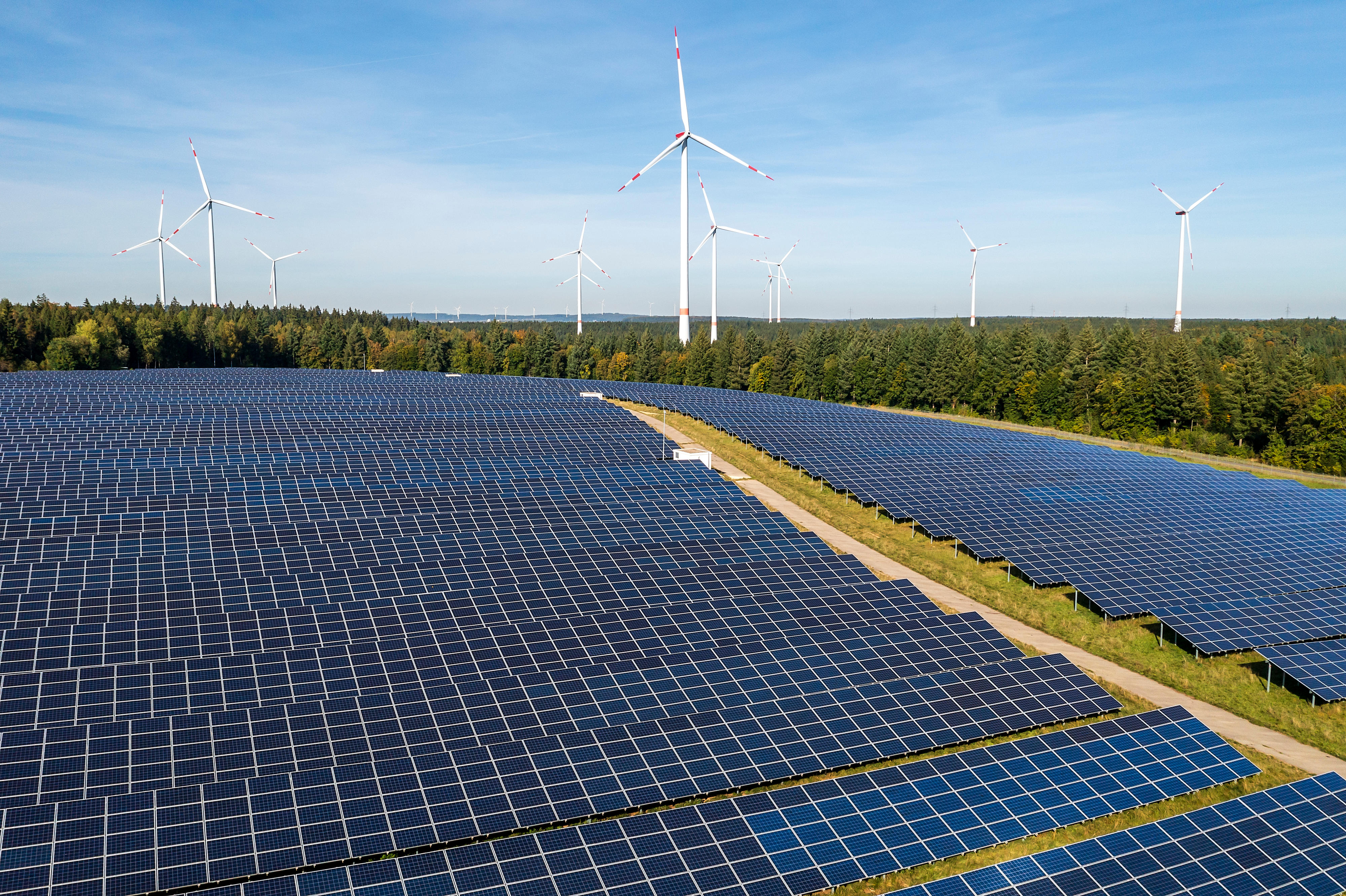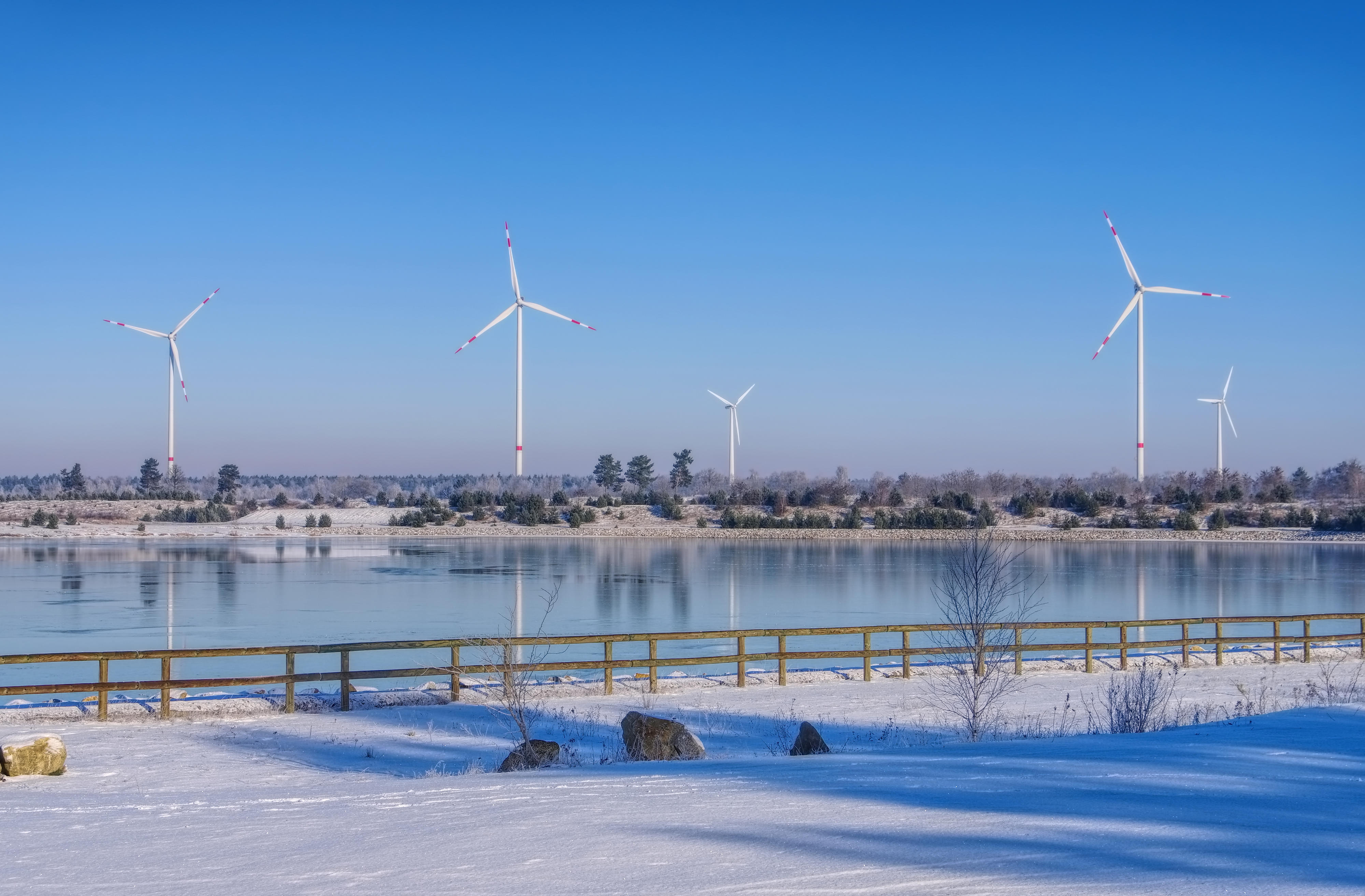Hint: This website is not optimized for your browser version.
Electricity generation in June and July 2018
17 August 2018 – Total electricity generation in Germany in June and July 2018 was 1% higher compared to a year earlier. Renewable generation was down by 3.7%. Conventional generation rose year-on-year by 4%.
Germany's total electricity generation from renewable and conventional energy sources in June and July amounted to 84.8 TWh, up 1% year-on-year. Renewables produced 31.4 TWh (down 3.7%), while generation from conventional sources was 53.4 TWh (up 4%). The highest output of 82.5 GWh was produced on Thursday, 21 June. The lowest output of 34.2 GWh was at 5am on Sunday, 3 June.
Summer 2018 brings peaks in solar energy
As usual, solar installations are providing a lot of energy for the grid in the summer months. June and July this year have seen far more sunny days than average, which has been effecting electricity generation. Solar installations contributed 11.5 TWh in the last two months, more than ever before. Solar energy thus made up 36.7% of electricity generated from renewable sources.
A new record was reached during the peak time between 1pm and 2pm on 2 July: 29 GWh was generated by solar installations. Solar power alone covered 41.4% of total electricity demand during that hour. Of course, such a figure merely provides a snapshot of the situation, because the installations do not generate much electricity in the morning and evening when the sun is low, and at night they do not produce any electricity at all. Demand then has to be met completely by other sources of energy.
The graph illustrates the electricity generation from solar installations during the peak time on 2 July. Electricity consumption was very high on that day, so there was a high level of generation by both renewable and conventional energy sources. Photovoltaic installations were the largest contributor of electricity between 1pm and 2pm, meeting 41.4% of demand.
Highest and lowest outputs of renewable electricity generation in June and July
The majority of renewable electricity supply in Germany comes from wind and solar generation. Wind and solar installations produce their highest output in strong winds and prolonged bright sunshine. In the past two months, this was the case across Germany on Friday, 22 June. On that day, there was a high level of both solar generation (161 GWh) and wind generation (577 GWh). Together with the other renewables, generation peaked at 908 GWh.
The graph illustrates electricity generation and consumption in June and July 2018. It shows total electricity generation and consumption on each day in the month. The highest output from renewable and conventional energy sources occurred around midday on 21 June 2018. This is reflected in the overall figures for that day: total output over the whole day was also the highest recorded on any single day in the month.
The greatest overall output from renewables was between 1pm and 2pm on Thursday, 21 June and amounted to 57 GWh, 2.9% lower than the highest figure in the same period a year earlier. In June and July 2018, an average of 21.4 GWh was generated from renewable energy, which is about 3.7% down on last year. One reason for the drop is that when temperatures are high, there is little wind, leading to less electricity from wind turbines.
The lowest output from renewables was 7.4 GWh on 24 July. That day provided some cool relief for both people and nature with thundery showers, some of them heavy, which lasted until 26 July. This caused a dip in generation from solar installations that could not be fully compensated for by the somewhat higher wind output.
The graph shows generation and consumption the day when renewables produced their highest output. Conventional power plants adapted to the changes in demand and scaled back generation. The red line shows consumption.
Highest and lowest outputs of conventional electricity generation in June and July
Conventional power plants have, as far as technically feasible and economically reasonable, adapted flexibly to the generation from renewables. Conventional generation recorded its lowest hourly output of 19 GWh between 3pm and 4pm on 23 June, while renewables generated 44 GWh in the same hour. Conventional generation recorded its highest hourly output of 49 GWh between 9am and 10am on 5 July, compared to 22.5 GWh generated by renewables in that hour.

